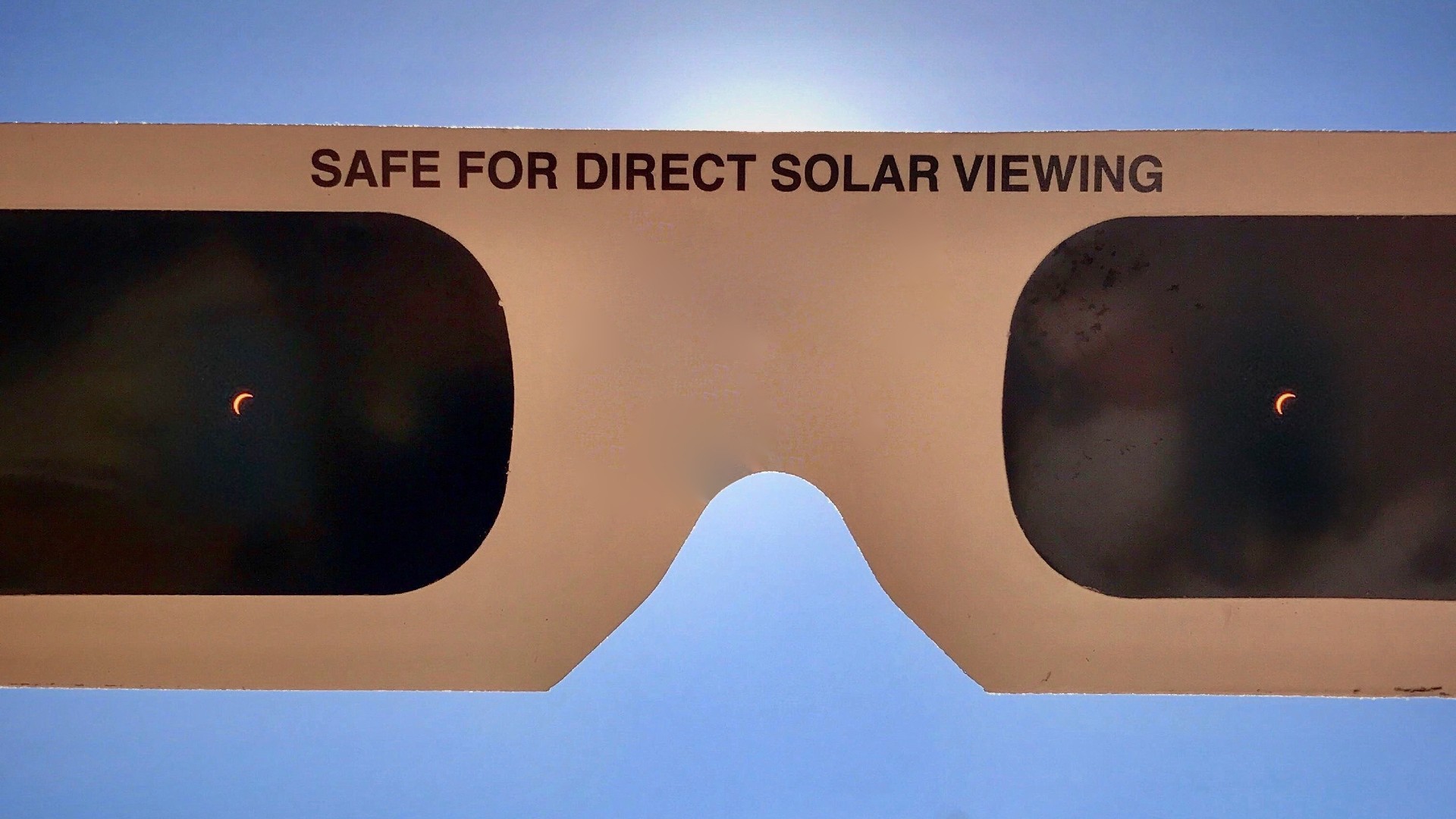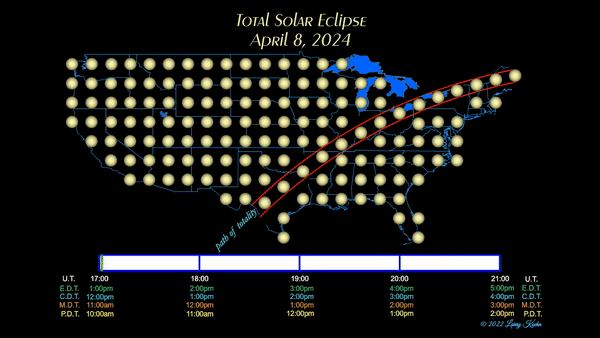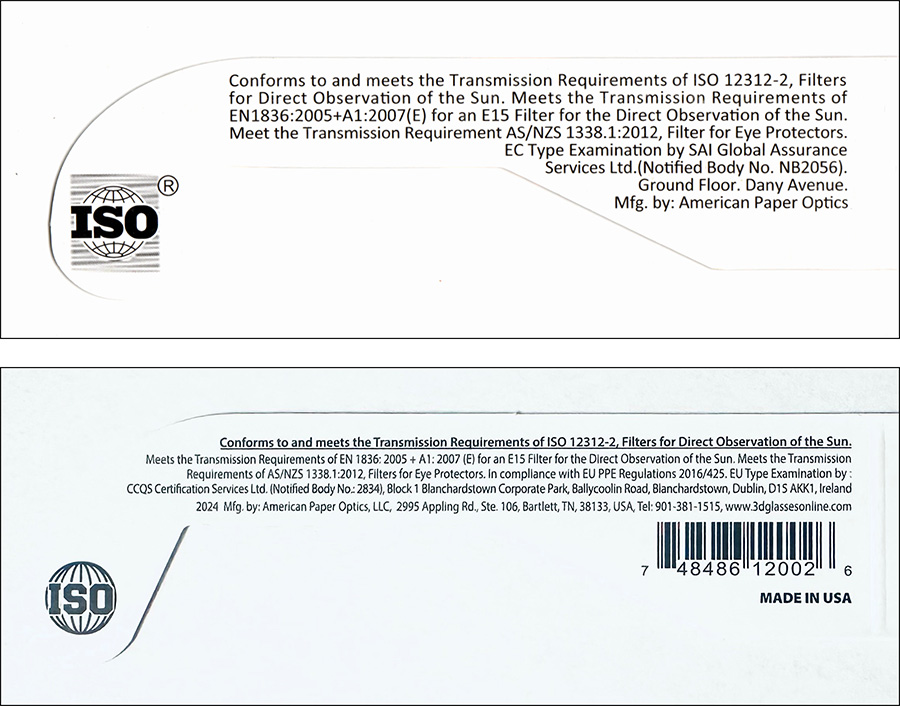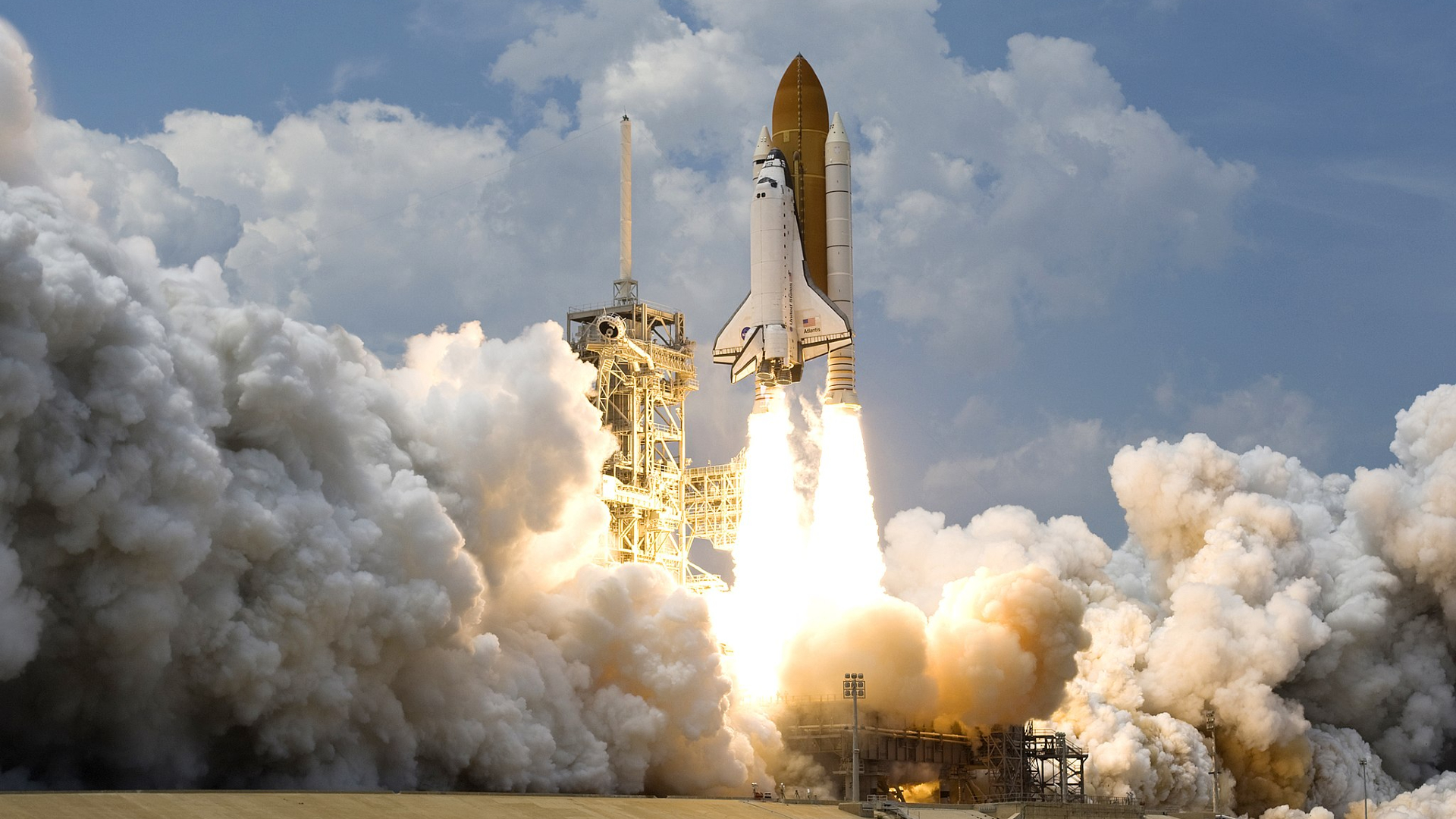Fake solar eclipse glasses are everywhere ahead of the total solar eclipse. Here's how to check yours are safe
With two weeks until April 8's total solar eclipse, the American Astronomical Society is warning buyers about unsafe and counterfeit solar glasses.

April 8's total solar eclipse is just two weeks away today.
Millions of people along the path of totality will be viewing the total eclipse, meaning millions of pairs of eyes will gazing up at the sun for hours as the eclipse unfolds. When it comes to solar observation, safety is paramount as viewing the sun directly and without protection can cause serious and long-term damage to your eyes.
That's why ahead of the once-in-a-lifetime natural phenomenon, the American Astronomical Society (AAS) is warning people about the risks of counterfeit and knock-off solar glasses.
Related: Solar eclipse glasses: Where to buy the best, high-quality eyewear
Read more: Total solar eclipse 2024: Everything you need to know
The AAS says there is a way in which you can test your solar glasses before using them for the event. If you wear them inside, you shouldn't be able to see anything except for very bright lights, but they will appear faint. If you can see things like pictures on the wall then the glasses are not dark enough for solar viewing. If they pass that indoor test, you can take them outdoors and have a look around.
Again, you shouldn't be able to see anything when wearing eclipse glasses other than the sun's reflection off a reflective surface and again, it should appear faint. If your glasses fail any of these home tests, you should either try and get a refund or discard them.
It is worth noting that not all counterfeit solar glasses are fake and therefore, unsafe. Some counterfeits are just a straight rip-off as one manufacturer imitates another but still produces the same quality. There is, however, a rise in fake models which, when put on, appear no darker than regular sunglasses, which are unsafe for direct solar viewing.
Breaking space news, the latest updates on rocket launches, skywatching events and more!
Eye protection for solar eclipses can come in the form of a specialist telescope, binoculars, solar filters or even trusty paper eclipse glasses. Unfortunately, with the solar eclipse fast approaching, the number of fake solar glasses is rising, which can be unsafe for solar viewing.
If you want to view the solar eclipse safely, equipment that meets the ISO 12312-2 standards means that they're safe for use. For this, the equipment must be tested in a laboratory and approved by a recognized accrediting body. Unfortunately, anyone can print a statement that says their product meets the ISO standards which is why checking out the AAS's list of approved safe solar viewers can give you peace of mind.
We have in-depth guides to the best solar viewing kit and solar glasses worth checking out if you're looking for safe solar observing equipment just before the total solar eclipse.
The total solar eclipse will be visible in certain areas of Mexico, the U.S. and Canada on April 8 for a brief period of totality. That period is when the moon will appear almost as large as the Sun and block out the star's light, leaving areas within the path of totality in darkness. You can watch the total solar eclipse live, here on space.com.
This time around, the period of totality will last for between about three and five minutes, which is considerably longer than the total solar eclipse back in 2017. If you're still unsure about safe solar observation, we have an in-depth guide on how to view the sun safely, which you can check out.

STAFF WRITER, E-commerce — Alex joined Space.com in June 2021 as staff writer covering space news, games, tech, toys and deals. Based in London, U.K. Graduating in June 2020, Alex studied Sports Journalism in the North East of England at Sunderland University. During his studies and since his graduation, Alex has been featured in local newspapers and online publications covering a range of sports from university rugby to Premier League soccer. In addition to a background in sports and journalism, Alex has a life-long love of Star Wars which started with watching the prequel trilogy and collecting toy lightsabers, he also grew up spending most Saturday evenings watching Doctor Who.


